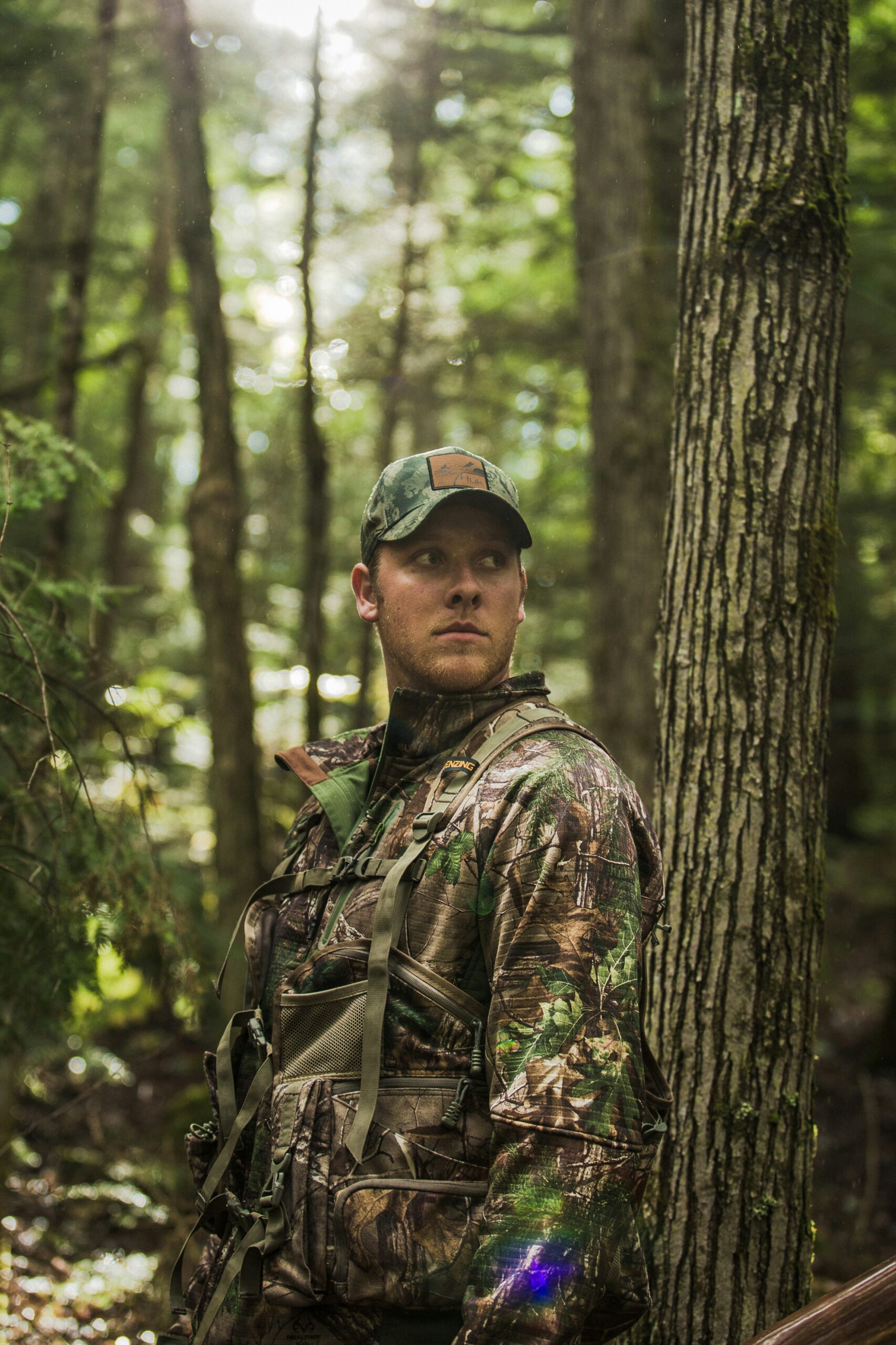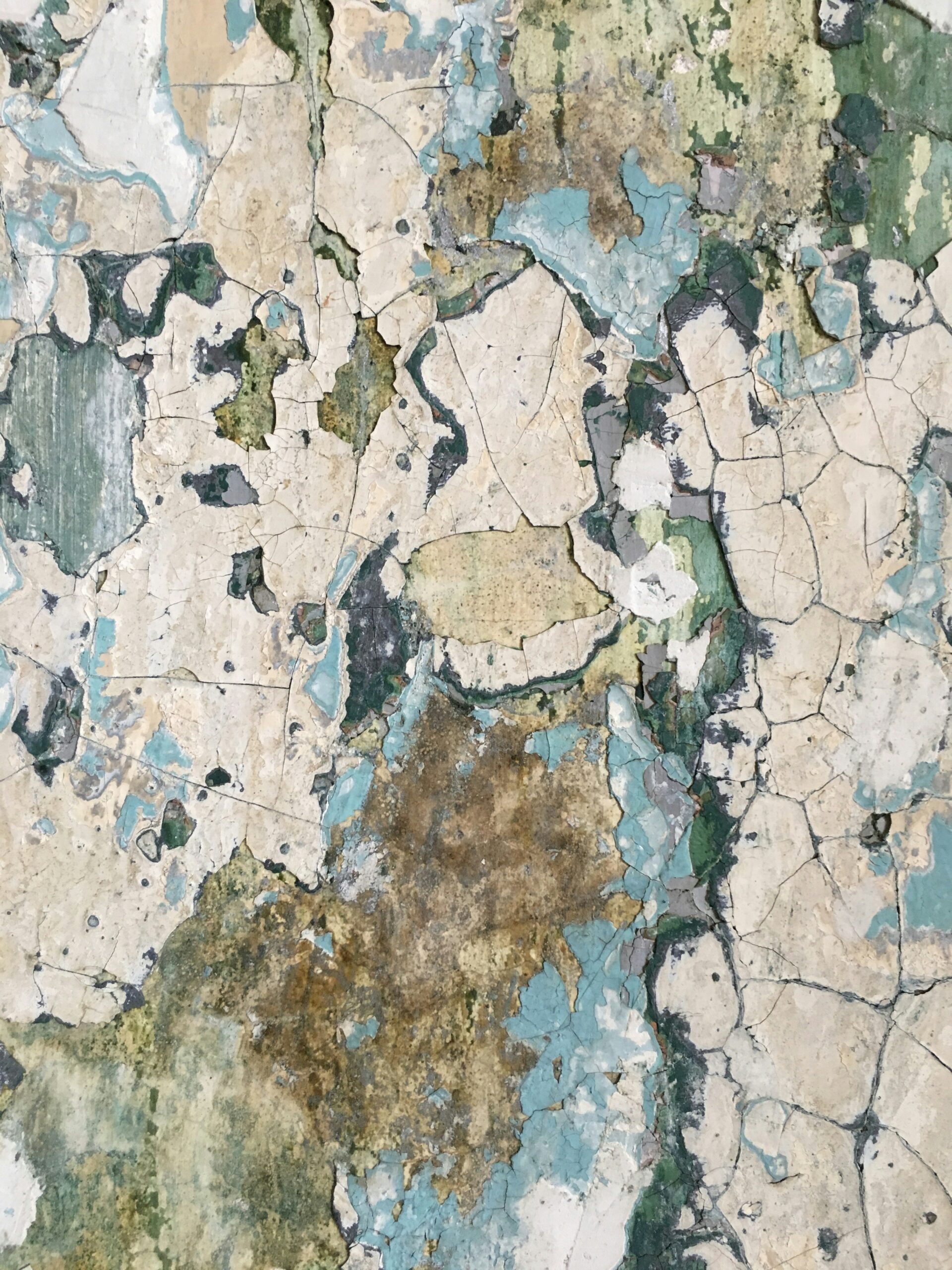Have you ever wondered how camouflage outdoor gear is able to keep you warm while blending seamlessly into your surroundings? One crucial factor that often goes unnoticed is insulation. Insulation plays a vital role in maintaining body heat and protecting you from the elements, all while ensuring that you remain hidden from sight. In this article, we will explore the significance of insulation in camouflage outdoor gear and how it contributes to both functionality and stealth during your outdoor adventures. So, whether you’re an avid hunter, a passionate wildlife photographer, or simply enjoy exploring nature, understanding the role of insulation in your gear is essential for maximizing your comfort and success in the great outdoors.
Understanding the Basics of Insulation
Description of what insulation is
Insulation refers to a material or layer used to regulate the transfer of heat, effectively keeping warm air in and cold air out. In the context of outdoor gear, insulation serves as a crucial component in ensuring optimal comfort and protection against the elements. It acts as a barrier, trapping air and creating a layer of insulation that helps to retain body heat, thus keeping you warm in cold environments.
The science behind insulation
The science behind insulation lies in the principle of thermodynamics. Heat naturally moves from areas of higher temperature to areas of lower temperature. Insulation works by limiting the transfer of heat through convection, conduction, and radiation. Materials with high insulating properties, such as down feathers or synthetic fibers, trap air within their fibers, preventing the escape of warm air and the intrusion of cold air.
Types of insulation used in outdoor gear
There are various types of insulation used in outdoor gear, each with its own distinct properties. Down insulation, derived from the soft under feathers of ducks or geese, is highly regarded for its excellent heat retention and lightweight nature. Synthetic insulation, on the other hand, utilizes man-made fibers such as polyester or nylon to mimic the insulating properties of down. It offers the advantage of retaining heat even when wet, making it ideal for wetter and more challenging weather conditions. Other insulation options, such as fleece and wool, are also commonly used in outdoor gear due to their insulating capabilities and moisture-wicking properties.
Key Attributes of Insulation in Outdoor Gear
Heat retention properties of insulation
One of the most critical attributes of insulation in outdoor gear is its ability to retain heat. Insulation traps warm air close to the body, creating a microclimate that helps to maintain a comfortable and consistent body temperature. High-quality insulation, such as down, has exceptional heat retention properties and keeps you warm even in freezing temperatures.
Weight and portability considerations
Another factor to consider when it comes to insulation in outdoor gear is its weight and portability. Lightweight insulation is highly desirable, especially for activities that require a greater range of motion and agility. Down insulation is renowned for its excellent warmth-to-weight ratio, making it a popular choice among outdoor enthusiasts who prioritize lightweight gear.
Moisture resistance characteristics
Moisture resistance is a crucial attribute of insulation, particularly in unpredictable weather conditions. Synthetic insulation, such as polyester or nylon fibers, retain their insulating properties even when damp or wet. This trait ensures that the gear remains effective during rainy or snowy conditions, providing reliable insulation even if exposed to moisture.

Interaction of Insulation with Camouflage
Importance of camouflage in outdoor gear
Camouflage is a critical element in outdoor gear, as it allows individuals to blend in with their surroundings and remain undetected by wildlife or potential threats. Camouflage patterns and colors are carefully designed to mimic natural environments, providing a level of concealment and enhancing the effectiveness of the gear.
How insulation affects the overall design and coloration
Insulation plays a significant role in the overall design and coloration of camouflage outdoor gear. The type and thickness of insulation can impact the overall bulkiness and silhouette of the gear, potentially affecting its ability to provide effective camouflage. Furthermore, the color of the insulation itself can also influence the gear’s camouflage capabilities, especially in situations where the insulation is visible. Optimizing insulation color to align with the intended camouflage pattern and environment can enhance the gear’s concealment and overall effectiveness.
Balancing insulation needs and camouflage requirements
When designing camouflage outdoor gear, manufacturers must strike a delicate balance between insulation needs and camouflage requirements. While insulation is essential for warmth and comfort, excessive insulation may compromise the gear’s camouflage capabilities by creating bulk and altering the gear’s silhouette. Therefore, it is crucial to find a balance between insulation thickness, weight, and visual appearance to ensure optimal performance in both insulation and camouflage.
Role of Insulation in Different Types of Camouflage Outdoor Gear
Role of insulation in camouflage jackets
In camouflage jackets, insulation serves as a vital component in maintaining warmth and comfort during outdoor activities. Depending on the environmental conditions and activity level, different insulation types and weights can be incorporated into the jacket design. Lightweight synthetic insulation is often utilized in jackets intended for high-intensity activities, providing warmth without excessive bulkiness. For colder climates, jackets with thick down insulation offer superior warmth due to their excellent heat retention properties.
Function of insulation in camouflage boots
Insulation in camouflage boots serves multiple purposes. Firstly, it provides much-needed warmth to protect the feet in cold weather conditions. Secondly, the insulation acts as a cushioning layer, providing comfort during long hikes or walks. Insulated boots are designed to retain heat while also allowing moisture to escape, preventing excessive sweating and maintaining a dry environment for the feet.
Insulation’s impact on camouflage gloves and hats
In camouflage gloves and hats, insulation is essential not only for warmth but also for dexterity and flexibility. Thinner insulation materials, such as synthetic fibers, are often used to maintain warmth without compromising finger movement and grip. Hats with insulation help to retain body heat and protect the head and ears from cold temperatures. Proper insulation in gloves and hats ensures that these crucial extremities remain comfortable and functional, enhancing overall outdoor experience.

Impact of Insulation on Gear Performance in Various Weather Conditions
Benefits of insulation during cold weather conditions
Insulation in camouflage outdoor gear proves invaluable during cold weather conditions. When exposed to freezing temperatures, the body loses heat rapidly. Insulated gear helps to create a layer of warmth that shields against the cold, preventing hypothermia and maintaining optimal body temperature. The ability of insulation to retain heat becomes crucial in snowy or icy environments, ensuring that outdoor activities can be enjoyed comfortably without the risk of frostbite or cold-related ailments.
Challenges and solutions for insulation during warm weather
While insulation is primarily associated with providing warmth, it can pose challenges in warm weather conditions. Excessive insulation in hot climates can cause overheating and discomfort, hindering performance and enjoyment. To overcome this, manufacturers have introduced breathable insulation materials that facilitate the dissipation of excess heat and allow airflow. These breathable insulations provide a balance between heat retention and cooling, ensuring comfort in warmer weather conditions.
Insulation during rainy or wet conditions
In rainy or wet conditions, insulation plays a crucial role in maintaining warmth and comfort. Synthetic insulation, known for its water-resistant properties, remains effective even when exposed to moisture. It prevents the absorption of water, ensuring that the gear retains its insulating capabilities. Properly insulated gear with moisture resistance characteristics becomes essential in preventing hypothermia and keeping the wearer dry in wet conditions.
Effects of Insulation on Comfort and User Experience
Role of insulation in providing comfort
The primary purpose of insulation in camouflage outdoor gear is to provide comfort. Insulated gear helps regulate body temperature, ensuring that you remain warm and cozy in harsh outdoor environments. By preventing heat loss and maintaining a comfortable microclimate, insulation significantly enhances your overall outdoor experience, allowing you to focus on your activities rather than discomfort.
Potential downsides and discomforts caused by insulation
While insulation offers numerous benefits, it can also present certain downsides and discomforts. Insulated gear, especially those with thicker insulation, may result in increased bulkiness, restricting ease of movement. Additionally, inadequate breathability or excessive insulation can lead to perspiration and moisture buildup, leaving the wearer feeling damp and uncomfortable. It is essential to choose gear with suitable insulation thickness, breathability, and moisture-wicking properties to mitigate these potential discomforts effectively.

Sustainability and Insulation
Environmental impact of various types of insulation
The environmental impact of insulation materials varies depending on their production processes, sourcing, and end-of-life considerations. Natural insulations, such as down feathers, can be sustainable when sourced ethically and responsibly. However, the intensive farming practices associated with down production may raise concerns in terms of animal welfare and environmental impact. Synthetic insulations, although derived from non-renewable resources, can offer environmentally friendly alternatives when made from recycled materials.
Sustainable or eco-friendly insulation options
In recent years, sustainable and eco-friendly insulation options have emerged in response to environmental concerns. Insulation materials made from recycled polyester, plant-based fibers, or natural materials such as hemp and recycled wool are gaining popularity. These eco-friendly alternatives reduce reliance on non-renewable resources and help minimize waste. By opting for gear that incorporates sustainable insulation, outdoor enthusiasts can contribute to a more environmentally conscious and responsible outdoor industry.
Care and Maintenance of Insulated Camouflage Outdoor Gear
Proper cleaning techniques for insulated gear
To maintain the effectiveness and longevity of insulated camouflage outdoor gear, proper cleaning techniques are essential. It is crucial to follow the manufacturer’s instructions for cleaning, as different types of insulation may require specific care. Generally, machine washing on a gentle cycle with mild detergents is recommended for synthetic insulated gear, while down insulation often requires special detergents and front-loading machines. Regularly cleaning and removing dirt and oils from the gear will help retain its insulating properties and extend its lifespan.
Storage tips to prolong the effectiveness of insulation
Proper storage is vital to ensure the longevity and effectiveness of insulated camouflage outdoor gear. When not in use, it is advisable to store gear in a clean, dry, and well-ventilated area. Ideally, gear should be hung or packed loosely to prevent compression of the insulation, which could lead to a loss in loft and insulating properties. Additionally, avoiding exposure to direct sunlight and extreme temperatures will help preserve the integrity of the insulation materials.
When to replace or re-insulate your gear
Over time, the effectiveness of insulation in outdoor gear may deteriorate due to wear and tear or the compression of the insulation fibers. Signs that your gear may need to be replaced or re-insulated include reduced warmth, decreased loft, and compromised moisture resistance. If the insulation no longer performs adequately, it is advisable to replace the gear or consider re-insulation to ensure optimal comfort and protection during outdoor activities.
Emerging Trends and Technology in Insulation for Camouflage Gear
Latest types of insulation materials and technologies
Manufacturers are constantly exploring innovative materials and technologies to enhance insulation in camouflage outdoor gear. One such advancement is the use of ceramic-infused insulation, which reflects body heat back to the wearer for improved warmth. Graphene-based insulations are also emerging, boasting exceptional heat retention properties and lightweight construction. Additionally, advancements in microfiber technology have led to the development of ultra-fine, high-performance insulation materials that offer improved comfort and breathability.
How these innovations improve gear performance and comfort
These latest insulation materials and technologies improve gear performance and comfort in several ways. Ceramic-infused insulation provides increased warmth, while graphene-based insulations offer superior heat retention without adding bulk. Ultra-fine microfibers enhance gear comfort by providing a soft and lightweight insulation layer that efficiently regulates body temperature. By incorporating these innovations, manufacturers can produce camouflage outdoor gear that offers enhanced insulation, improved functionality, and increased user comfort.
Choosing the Right Insulated Camouflage Outdoor Gear
Factors to consider when buying insulated camouflage gear
When selecting insulated camouflage outdoor gear, several factors should be considered to ensure the right gear for your needs. Firstly, consider the intended use and weather conditions. Different insulation types and thicknesses are suitable for varying temperatures and activities. Secondly, evaluate the gear’s weight and portability, ensuring it aligns with your specific requirements. Lastly, take into account the quality and durability of the gear, as well as its compatibility with your other outdoor gear and clothing to ensure a seamless and effective outdoor experience.
Top recommendations for different types of activities or weather conditions
For cold weather activities, such as winter hiking or skiing, insulated jackets and boots with high-quality down or synthetic insulation are recommended to provide superior warmth. In milder weather conditions, lightweight and breathable jackets with synthetic insulation offer optimal comfort and versatility. When facing wet conditions, gear with water-resistant synthetic insulation is ideal to maintain insulation properties even when exposed to moisture. Ultimately, the best insulated camouflage outdoor gear will depend on the specific activity, weather conditions, and personal preferences.
In conclusion, insulation plays a crucial role in the functionality and performance of camouflage outdoor gear. It provides essential warmth, weight, and moisture resistance characteristics, ensuring optimal comfort and protection in various weather conditions. By considering the interaction of insulation with camouflage, evaluating its impact on gear design and coloration, and understanding its role in different types of gear, outdoor enthusiasts can make informed choices when selecting insulated camouflage gear. Additionally, considering the effects of insulation on comfort, sustainability, and gear maintenance leads to a more enjoyable and responsible outdoor experience. With emerging trends and technology continually advancing insulation materials, choosing the right insulated camouflage outdoor gear becomes an exciting opportunity to enhance performance, comfort, and enjoyment in the great outdoors.

